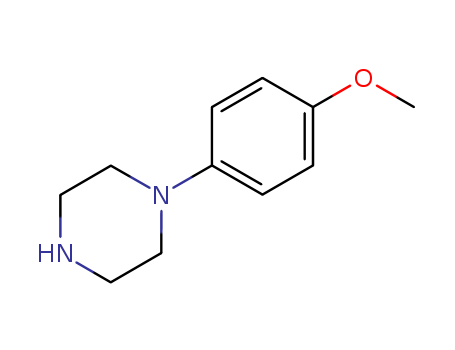10.1021/jm00358a032
The research focuses on the synthesis and antifungal properties of terconazole, a novel triazole ketal. The synthesis process involves several key chemicals and steps. Starting from cis-[2-(bromomethyl)-2-(2,4-dichlorophenyl)-1,3-dioxolan-4-yl]methyl benzoate (4), the sodium salt of triazole is coupled with the bromomethyl ketal in Me2SO at 130°C to produce a mixture of triazole derivatives. These derivatives are then saponified with NaOH in dioxane-water to yield alcohols 5 and 6. Alcohol 5 is converted to the corresponding methanesulfonate 7, which is coupled with the sodium salt of phenol 8 to give terconazole 3b. Phenol 8 is prepared from 1-(4-methoxyphenyl)piperazine (9) through reductive alkylation with acetone and demethylation with 48% HBr solution. The synthesized terconazole exhibits high topical in vivo activity against vaginal candidosis in rats and dermatophytosis in guinea pigs, showing potential as an effective treatment for superficial fungal infections.



 Xi
Xi


